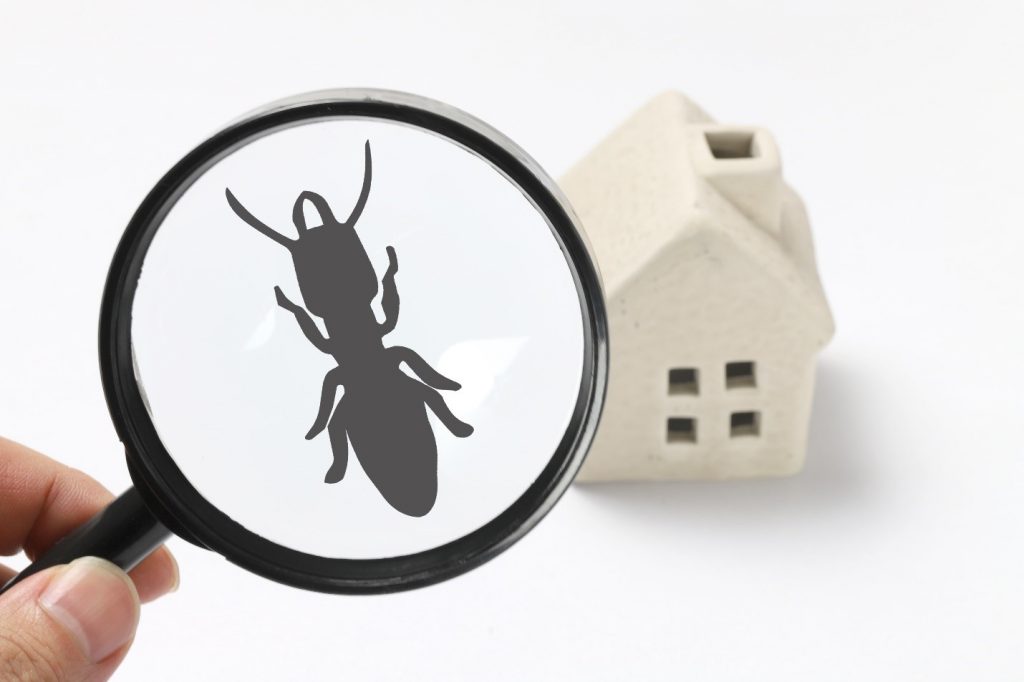Our home is meant to be our safest place. We should be able to strip bare in there and not worry about a single thing (as long as the doors are locked and curtains are drawn shut). But sometimes, the biggest threat to our lives can live with us, and we wouldn’t even know until we’re lying sick in bed.
Funnily enough, the biggest threat in question isn’t a person, but creatures about ninety times smaller than us: insects and bugs!
If you’re unafraid of critters and winged insects, they’re harmless in your eyes, and in most cases, they really bring no threat. But sometimes, particularly when you’re least expecting it, they can attack and cause serious damage to your health.
Below are the most dangerous and creepiest insects and bugs you can find in your house:
1. Fire Ants
Fire ants are native to South America, but their species have become widespread in some parts of the U.S., including Alabama, Arkansas, California, Florida, Georgia, and more. Fire ants are not the type of ants to be messed with. Once disturbed, they would sting their attacker repeatedly. Their sting can result in a white pustule that lasts for weeks. They can also release a venom that can cause skin problems or allergic reactions.
If you see a colony of fire ants, or any ant species, for that matter, it’s best to avoid them than to step on them. Large ant species such as the fire ant won’t back down from an attacker. If they invade your home, use deterrents instead of killing them outright. Sprinkle some cayenne pepper, cinnamon, ground orange, lemon peels, or coffee grounds along their trails. Fire ants don’t like those, and will naturally stay away from them.
2. Bees and Wasps
While not always deadly, the stings of bees and wasps are painful and can cause allergic reactions. Thankfully, they don’t often enter homes. And not all bees can sting. Stingless bees are actually pretty common.
In addition, wasp stings and bee stings aren’t the same. Bee stings are a little acidic, whereas wasp stings are neutral. Also, if you’re allergic to wasp stings, you won’t likely suffer an allergic reaction to bee stings.
Still, be careful when you’re around either insects. If you suspect that they’ve laid a nest inside your home, check if the bee or wasp is coming and going from a small hole. Their nest is likely near that area. Get rid of the nest while they’re out.
3. Fleas
Dogs, cats, and other pets aren’t the only preferred hosts of fleas. They can also attack humans, where they’d leave itchy red bumps all over. Those bumps can lead to an infection if untreated.
4. Kissing Bug
As its name suggests, the kissing bug has a habit of biting on human lips while they sleep. That’s pretty disgusting indeed, and also deadly. Kissing bugs may transmit a parasite called trypanosoma cruzi when they bite. This parasite causes chaga disease, which kills 12,000 people every year.
Thankfully, kissing bugs rarely live indoors, so in a home, they most likely lurk in porches, in piles of leaves and wood, outdoor pet houses, and yards. They’re also harmless most of the time, but their potential to kill is enough reason to bar them from your property. Avoid them by sealing the cracks they may use to access your home, and removing piles of leaves and wood from your yard. Regularly inspect your outdoor pet house and porch, too.
5. Millipede and Centipedes
These two aren’t actually insects, but arthropods. They’re friendly and even help keep your home free of insects. But when threatened, millipedes, in particular, may release hydrogen cyanide in defense. It’s a strong poison that’s usually not lethal, but still dangerous. If a millipede releases this poison on you, wash the affected area immediately. Do not touch your face or eat when the poison still on your skin.
7. Mosquito

Last but not least is the deadliest animal in the world, the mosquito. Mosquito-borne diseases, especially malaria, cause 1 million deaths every year. Some mosquitoes can also carry botfly eggs, which they may leave on a human host. Those eggs will hatch and turn into larvae, burrowing into the human skin and causing pain. They should leave the body by that time, but sometimes, they go deeper into the flesh instead of leaving it.
Mosquitoes are hard to get rid of, so preventive measures are your best defense against them. In extreme cases, a mosquito control professional can help reduce the mosquito population around your property.
These deadly insects and bugs are a real nuisance; luckily, we’re not powerless against them. But still, let’s try to be careful in dealing with them. Wiping off their species may sound like a good solution, but those insects and bugs, deadly though they may be, exist for a reason. Let’s put more effort in avoiding them rather than killing them.

